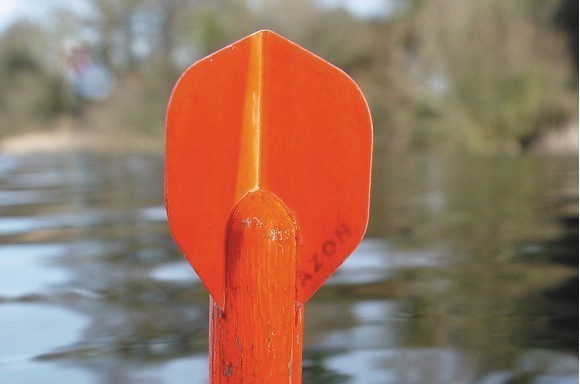
Do you need to use a marker float?
We ask four experienced anglers their opinion on marker floats...
Nick Maddix: 'No, I don't use one'
“Very rarely do I find myself using a marker float set-up, in fact, from memory, I don’t think I’ve even taken a set-up with me in the past two years! The majority of my fishing is short sessions or an overnighter at best and I feel using a marker could hamper my chances of a quick bite due to the obvious disturbance factor. Instead, I’ve learnt to use a lead to work out what the spot/area I plan to fish is like. After practise you soon get an idea of what the lead is touching down on whether it be gravel, soft silt, sticky silt, weed or clay etc. The same applies for depth, you soon get a rough idea of how long it takes the lead to fall through ‘x’ feet of water.
“Sometimes just feeling the lead down doesn’t give all the information I require so a slow and gentle pull back with the rod is needed to give an idea of what the lead is pulling over. Sometimes ‘pulling back’ with just a lead can give false indications of what the bottom might be like, so, if in doubt, I use an old rig with a blob of tungsten putty near the hook which will pick up any weed/debris that may be present. This does the trick wonderfully and causes so much less disturbance when compared to using a complete marker float set-up.”
Kev Hewitt: 'I'm in between - I'll explain...'
“First of all I would like to emphasise the importance of using a marker float. I simply wouldn’t fish a lake without using one. Having said that I actually very rarely use a marker float. This sounds very contradictory but I have my reasons. When plumbing a swim I will always do this with a straight lead with no marker attached. It gives you no benefit to plumb or feel for features with a marker float attached. The only time I would ever attach a marker float is when I want to find the depth, which I always do whenever I fish a new lake or new swim. Once I have found the depth and made a note in my carpy note book, I will never need to use a marker float in that particular swim again. Hence the reason it is massively important.
"The reasons I will use a marker to plumb the depth is because I believe the depth plays a massive part in the tactics I will employ. Quite often if it’s ten-foot deep or more then Zigs will play some sort of role in my tactics as fish tend to spend lots of time up in the water on the pressured venues that I fish. Accurate plumbing of the depth with a marker is essential for getting the right depth on your Zigs and also finding shallow areas or bars for bottom fishing.”
Dennis McFetrich: 'I don't use one - I use two'
“The most important thing for me is to find those little hotspots which, I believe the carp will feed confidently on and where I have a good chance of catching them from. To pinpoint these areas the marker rod is my most trusted tool, in fact, I use two! I use the first to locate the bar, plateau or gully and then use the second one to cast around the vicinity to build up a picture of the surrounding area. For example, how long is the feature, where are the ends of the bars or plateaux, how wide is it, where do the silt pockets start, and are there firm patches in the gullies between the bars?
“However, I only use my marker rods to plot the changes in depths. I then use the rod I am going to fish with to find out what I am actually fishing on and to get an idea of the make-up of the bottom. I cast around the two marker floats, feeling the lead down to build up a picture in my mind of how the fish will enter the area and more importantly, where they are likely to pick up a bait.
“Therefore my marker rods are critical to my approach in finding the areas where I believe the fish will feed. To find these hotspots without the use of a marker would be very difficult to do and therefore, a massive disadvantage to my fishing.”
Steve Whitby: 'Bin a marker, use a Smartcast'
“I very rarely use a marker float nowadays, preferring instead to use The Hummingbird Smartcast RF15e. This is a piece of electronic equipment much like a Delkim bite alarm in that it sends information from the transmitter to the receiver, however instead of detecting bites it detects depths and fish. The sensor is cast out and wound in and as it does so you can read off the depth changes and weed depth on the screen. One cast and you will know more about the bottom contours and weedbeds/snags etc. than 20 with a marker float and it’s virtually silent making it much stealthier.
“Once you have found the areas you want to fish, you can if you want, use the marker rod to accurately position your hookbaits. When I do this I don’t use the normal marker set-up of a big lead and float but prefer to use a small ˝-1oz lead and a waggler float.
“I find it crazy that some anglers refuse to believe that a marker float can kill a swim; it can, stone dead. Some anglers have told me it takes more skill to learn and use a marker float, perhaps it does, however, I am always happy to see anglers on the other bank using one, driving the fish over to me!”


